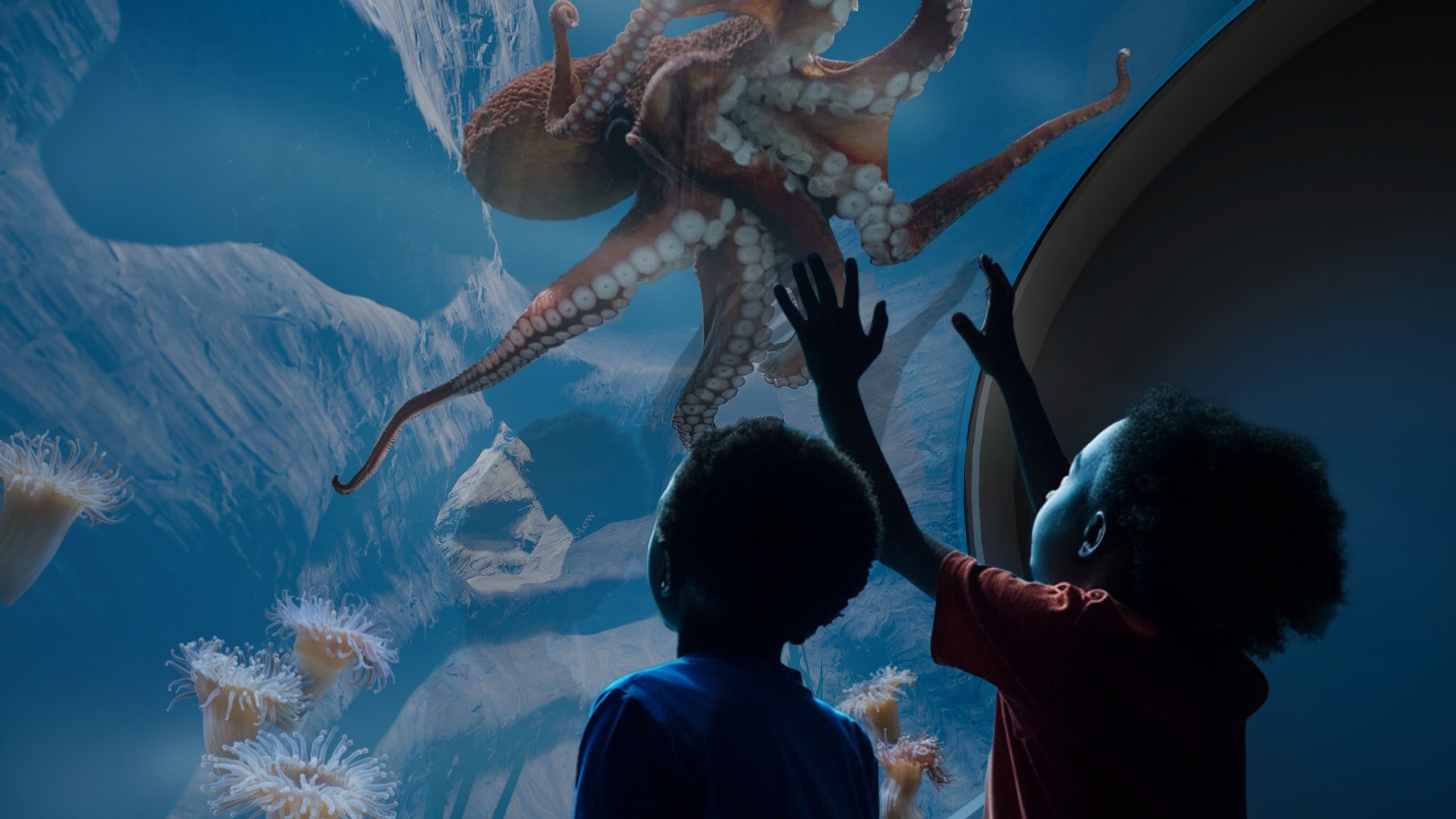A deep sea fish that washed up on the shore in Carlsbad is now being preserved for research.
Another deep-sea dweller washed up on a Carlsbad beach this week and its body now joins millions of other rare specimens being preserved for research at a lab in San Diego.
Jordan Coronel came across the toothy, black sea creature while fishing at South Ponto State Beach on Wednesday. Its body was lying on the sand, mouth agape and with a slimy-looking antenna sprouting from its head.
Coronel told NBC 7 that curiosity drew them to what turned out to be a type of deep-sea anglerfish.
"At first, its round, gelatinous body made me think it was some kind of jellyfish," Coronel wrote to NBC 7. "But when I got a closer look, I noticed its large, wide mouth filled with sharp, jagged teeth and an antenna-like structure on its head."
Get top local stories in San Diego delivered to you every morning. Sign up for NBC San Diego's News Headlines newsletter.
Coronel reached out to the marine biology community online and was ultimately connected with San Diego's fish expert Ben Frable, manager of the Scripps Institution of Oceanography Marine Vertebrate Collection -- a research lab that has collected about 6,000 fish species that date back to the 1880s and must be seen to believed. Take a look here.
The creature that washed ashore in Carlsbad was a Pacific footballfish, the scientist confirmed. While rare, it's not the first in the Frable collection. While there are only a few dozen in labs across the globe, about seven have washed ashore on the West Coast since 2021 -- three in San Diego County, Frable said.
The shore is a long way from home for these beasts. Anglerfish typically live in the dark depths 1,000 to 4,000 feet beneath the surface where there's hardly any food source and they're known as predators -- sometimes using a glowing light to attract prey.
"A lot of them have these big mouths, big teeth, and, you know, they also kind of have very dark pigmentation. Some of them glow," Frable said. "They're very, very alien. But a lot of that is because, you know, they're adapted for living in environments that we are very different than what we are used to as land animals, right?"
Another type of anglerfish made headlines this week for swimming a lot closer to the surface than usual. Scientists in Spain captured the black seadevil anglerfish in daylight. It was apparently injured and did not survive.
As for why these anglerfish are coming ashore what it appears to be more frequently, scientists are still trying to figure that out.
"We don't really know ... It may be part of their life cycle. A lot of times what we find are these very large, presumably old fish. So maybe have something to do with their life cycle or may have something to do with changes in environmental conditions down here in Southern California," Frable said.
Frable commended Coronel for the steps taken after the creature was spotted on the shore to get in contact with marine life experts as quickly as possible. That allows scientists to preserve it in the best condition.
"We say when you do run into something really weird on the beach, the best thing to do is if there's a lifeguard present, go let them know," Frable said. "They know who to contact California Fish and Wildlife, us [Scripps], the National Oceanic Atmospheric Administration, and they can kind of get you in touch with the right people to try to recover that thing and make it available for science."
Frable said the first-ever description of an anglerfish by science was of a specimen of footballfish found by a beachgoers washed up on a Greenland beach in 1833.
To report a discovery to Scripps:
- Report it to lifeguards, who will notify Scripps
- Send an email to Scripps at ScrippsNews@ucsd.edu
- Contact Scripps via its social media platforms.
- Know that there are many protected areas along California's coast where collecting marine life is prohibited



